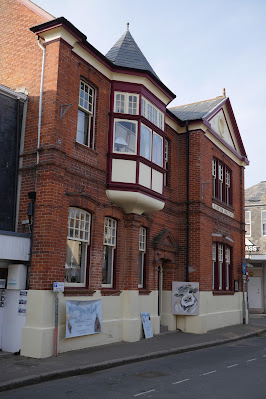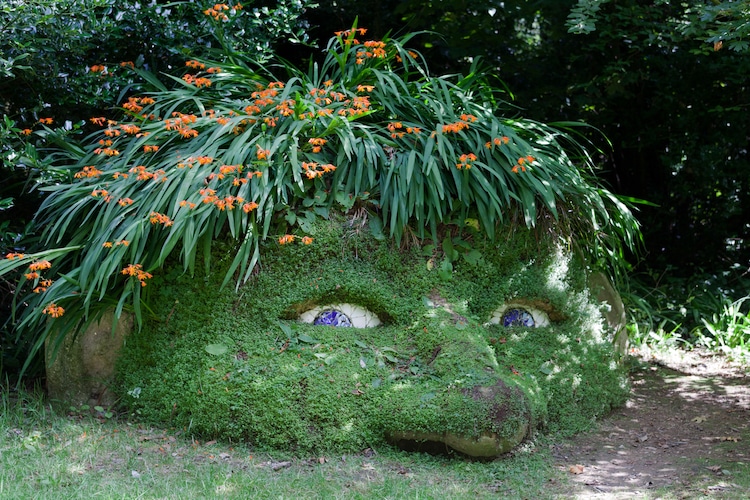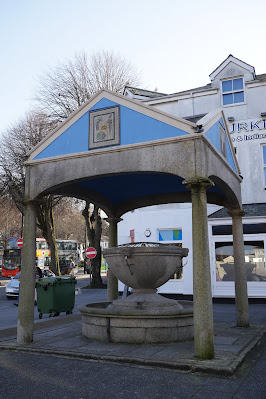Castle Drogo
Castle Drogo is famous for being the last castle built in England and so we thought we would make a slight detour to go an see it on our way home from Cornwall. It was built by Sir Edwin Lutyens for Julius Drewe, founder of the Home and Colonial Stores from which he made his money. He was adamant that his new home should be a castle, and furthermore one with 6ft thick walls.
The site was bought in 1910 on a granite outcrop over the Teign Gorge on the edge of Dartmoor.
Work continued until 1930, just a year before Drewe's death. Pevsner describes the castle as Minimal Tudor, but I think it has the appearance of a Cambridge College of the 1970s.
























































